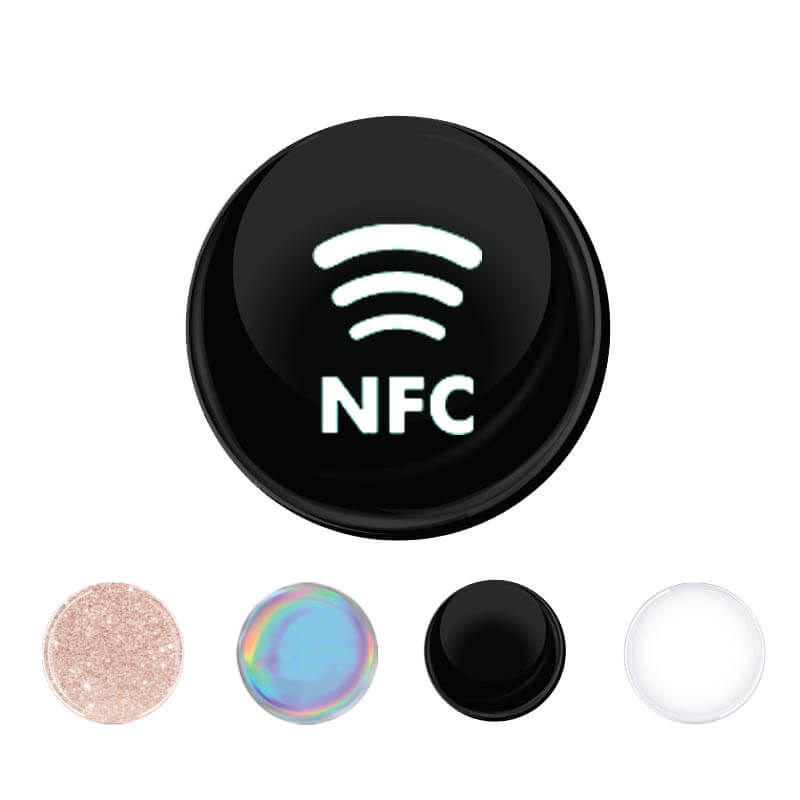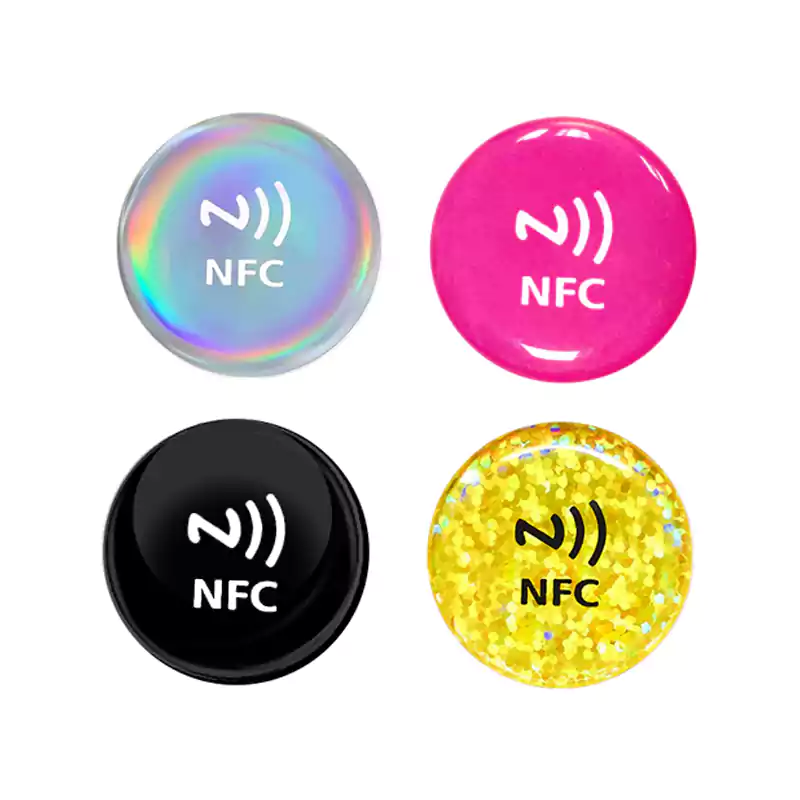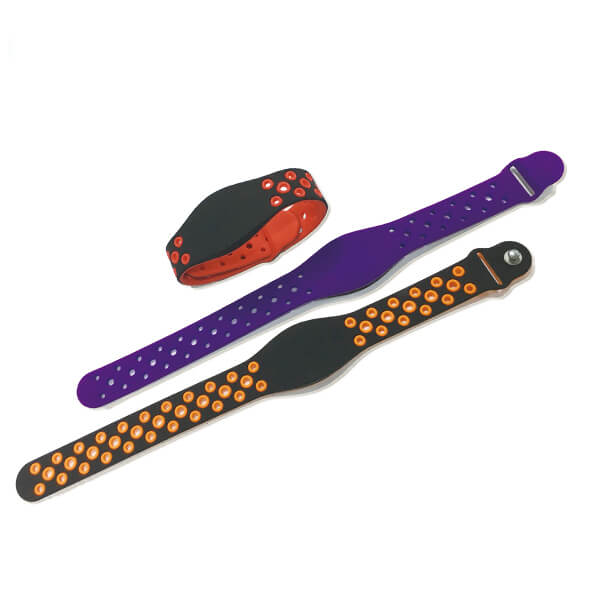RFID cattle tracking technology helps farmers to get real-time updates on their livestock’s progress. It enables them to check the activity levels, health statuses, and other behavioral changes that affect the cattle’s well-being.
The technology uses radio waves to relay data to the farmer through an RFID reader. It incorporates an RFID chip that stores all the information regarding the respective animal.
This article guides you on how to use RFID technology for cattle tracking. Read on to get incredible insights on how this approach has changed livestock management globally.
What is RFID Cattle Tracking?
Radio-Frequency Technology (RFID) cattle tracking refers to using a radio wave device to identify and track animals.
Farmers buy an Animal RFID tag with enough memory space to store all the data about each of their animals. Whenever the farmer wants to know their animal’s progress, they use an RFID reader to scan and obtain updated RFID tags.
The system is beneficial to farmers with large herds of animals. Each of the tags will contain a unique ID specific to a given animal. This eliminates any chance of data mix-up, thus guaranteeing top-notch inventory management.
Benefits of RFID Cattle Tracking
Livestock management poses a significant challenge to many farmers. Due to these challenges, lots of techniques have been developed to solve the problem. One of the initial techniques used for cattle identification involved the use of visual tags.
While this method was helpful, it required that farmers get close to the animal to capture the required information. This approach made the process cumbersome and more prone to data entry errors.
However, the introduction of RFID technology in cattle tracking has revolutionized the livestock farming sector. The technique is easy to use and guarantees seamless management of your farm. Here are a few benefits that you’ll accrue by using the technology on your farm:
- Easy Animal Identification
Farmers with many animals may find it tricky to point out their target. As such, a tracker is crucial for easy farm management.
When using RFID tags, the farmer will feed all the animal’s identifiable data into the tag. This information will then be retrieved when the animal comes close to an RFID reader. As such, the farmers will be able to manage their inventories with ease.
- Tracking of the Herd’s Health.
Animals undergo various stresses that affect their comfort adversely. As such, farmers must always be keen to detect any environmental change that may make the animals uncomfortable.
Some of the health issues that you can track using an RFID tag include:
- Injury detection. When an animal is injured, it will prefer to remain in one location for a long time. When you detect such a change, you should investigate the cause of the sudden behavioral change. A comprehensive examination will enable you to identify and treat the problem early.
- Changes in Body Temperature. When an animal is sick, the body temperature is likely to increase as the body fights the infectious agents. The farmer can include a heat detector device to monitor the animal’s temperature. Any deviation from the normal should be a cause for alarm. If the farmer cannot establish the immediate cause of the change, they should immediately call a veterinary officer.
- Identify Heat and Cold Stress. When animals experience extreme weather conditions, they are likely to become dull and cut on their productivity. For example, too much cold or heat can significantly reduce milk production among dairy cows. Farmers can monitor the temperatures of their sheds, thus ensuring that all the animals are comfortable.
- Improved Breeding
If you’re a competent farmer, you should have the ability to determine the best time for artificial insemination. Undertaking the insemination process when the animal is on heat improves the chances of conception.
If you’re wondering what you should look out for when determining the best time for artificial insemination, then worry no more!
You can use an RFID tag to monitor the behaviors of your animals. If a female shows tendencies of restlessness and mounting other animals, you should immediately call your AI vet.
Even better, farmers can store all the animal records in the tag. They can get the data on the last date an animal gave birth and the date it is expected to be in the heat once again.
Additionally, the tags’ ability to store data helps the farmers eliminate cross-breeding among the herd members.
Since the tags contain all the information regarding the respective animals, the farmer can ensure that blood-related animals will not mate. This phenomenon guarantees breed improvement.
- Easier Inventory Management
Using an RFID tag on your animals allows you to integrate all your farm records. As such, you’ll have easy access to current and future records of each animal. The integration makes farm management a breeze.
Some of the data that you can store in the RFID cards to ensure easy inventory management include:
- Last Treatment Dates and Records. This helps the farmer know the exact day to undertake the standard farm practices such as deworming and cattle dipping.
- Production Records. Most of the tags have read/write functions, allowing you to regularly update your animals’ production records. This practice will enable you to detect changes in productivity and act on them early enough.
- Feeding Routines. Knowing what to feed your animals at any given time is crucial. The RFID tags can help store tailor-made diet information for your animals. This way, you will never forget to balance your animal feeds, which guarantees balanced nutrients intake.
You should always ensure that you update your data regularly to keep up with various farm changes. The more current your information is, the better the results of your farm practices will be.
- GPS Tracking
An RFID tag gives the farmer the leeway to integrate a GPS location detector. With this device, there is no chance whatsoever that the animals will be stolen without your knowledge.
You can connect the GPS with your phone to monitor your animal’s movement. Additionally, the GPS tracking system ensures that you monitor mobility stress among your animals.
This practice is critical among pregnant animals since you’ll know the animal’s exact location in case of a strain.
What are the Advantages of Using RFID Tags for Cattle Tracking?
Using RFID tags has immense benefits to the farmer. It not only adds convenience but also enhances productivity on the farm. These are some of the advantages of using RFID tags to track your animals:
- Reduces Management Cost. Manual inventory management involves extensive hours of paperwork and manual data entry. If you have a large herd of cattle, you will require lots of labor and many hours to complete the tasks. However, RFID tags’ adoption automates the data entry systems, making it easy to analyze all animals’ progress.
- It Reduces Chances of Errors. When using manual systems, your records will be prone to errors. If not corrected in time, such mistakes will lead to poor farm management, which will eventually affect your farm’s productivity. With an RFID system, you will reduce the chances of making errors significantly.
- RFID Tags are Affordable. Buying an RFID tag is a long-term investment. You’ll only be required to invest a few dollars to get all the RFID tracking benefits for many years.
- Ease of Use. Unlike the visual tags/ tattoo numbers, an animal doesn’t have to be still for you to capture its data. All you will need is an RFID reader, and you can get the data with unmatched ease.
Purchasing the best RFID tags for cattle tracking will undoubtedly revolutionize your cattle rearing escapades. It will improve efficiency on your farm, which will ultimately lead to better profitability.
Which is the Ideal Cattle Tracking RFID Tag?
Before purchasing an RFID tag for your animals, you should always ensure that it meets the ISO 11784, ISO 14223-1, and ISO 11785. These standards ensure that the tag is safe for use on your animals.
The most universally accepted tag for livestock tracking is low-frequency passive tags. The LF tag has a low frequency and works best with animals and other liquid-materials.
Since animals are likely to encounter high-moisture areas, you should always consider the LF RFID tags for optimum results.
Which is the Best RFID Reader for Cattle Tracking Tags
There are two types of RFID readers, including portable and fixed ones. Since farmers need simple LF tags with a short read range, a mobile reader will serve them best.
With this handheld reader, you will access your livestock and take the data you need without having to force them to approach the reader, which would otherwise be cumbersome.
Using an Electronic/ RFID tag with a Visual Tag
While using visual tags for cattle tracking can be cumbersome, you can easily combine them with electronic animal tags to get better results.
In this case, both the RFID/ electronic tag and the visual tag will have a similar number. This matched pair tag is useful when you’re using a herd management system to manage your livestock.
It creates flexibility that enables you to use the visual ID when you do not have the electronic ID reader. You will also easily download the electronic number for a specific animal by merely matching it with their visual number.
Related articles:
- Why You Need RFID Jewelry Tags?
- Pet Microchip FAQ: A Well-Researched List
- 6 Crucial Factors that Affect RFID Read Range – A Detailed Guide
- LF, HF, and UHF Frequency: What’s the Difference?
- 10 Ways RFID Technology is Already in Your Life!
- RFID Animal Tag VS Traditional Animal Tag, What is the difference?
- What Are RFID Tags and How Are They Used?








